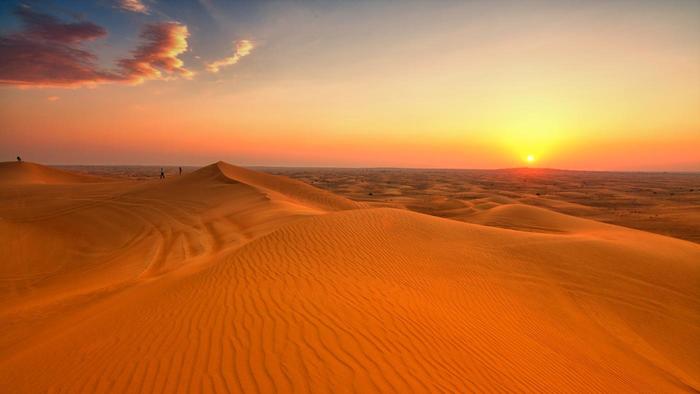Stamp: Cliffs, Dead Sea (Israel 1997)
Cliffs, Dead Sea (Israel 1997)
29 May (Israel ) within release 100 years of Cairo Gaiza goes into circulation Stamp Cliffs, Dead Sea face value 3 Israeli new shekel
| Stamp Cliffs, Dead Sea in catalogues | |
|---|---|
| Michel: | Mi:IL 1428 |
| Stamp Number: | Sn:IL 1306b |
Stamp is square format.
stamp from MinisheetAlso in the issue 100 years of Cairo Gaiza:
- Souvenir Sheet - 100 years of Cairo Gaiza face value 5;
- Stamp - Ben Ezra Synagogue, Cairo face value 2;
- Stamp - Cliffs, Dead Sea face value 3;
|
Data entry completed
56%
|
|
|---|---|
| Stamp Cliffs, Dead Sea in digits | |
| Country: | Israel |
| Date: | 1997-05-29 |
| Print: | Unknown |
| Perforation: | Unknown |
| Emission: | Commemorative |
| Format: | Stamp |
| Face Value: | 3 Israeli new shekel |
Stamp Cliffs, Dead Sea it reflects the thematic directions:
A landscape is the visible features of an area of land, its landforms and how they integrate with natural or man-made features. A landscape includes the physical elements of geophysically defined landforms such as (ice-capped) mountains, hills, water bodies such as rivers, lakes, ponds and the sea, living elements of land cover including indigenous vegetation, human elements including different forms of land use, buildings and structures, and transitory elements such as lighting and weather conditions. Combining both their physical origins and the cultural overlay of human presence, often created over millennia, landscapes reflect a living synthesis of people and place that is vital to local and national identity. The character of a landscape helps define the self-image of the people who inhabit it and a sense of place that differentiates one region from other regions. It is the dynamic backdrop to people’s lives. Landscape can be as varied as farmland, a landscape park, or wilderness. The earth has a vast range of landscapes, including the icy landscapes of polar regions, mountainous landscapes, vast arid desert landscapes, islands and coastal landscapes, densely forested or wooded landscapes including past boreal forests and tropical rainforests, and agricultural landscapes of temperate and tropical regions.
A desert is a landscape where little precipitation occurs and, consequently, living conditions create unique biomes and ecosystems. The lack of vegetation exposes the unprotected surface of the ground to denudation. About one-third of the land surface of the Earth is arid or semi-arid. This includes much of the polar regions, where little precipitation occurs, and which are sometimes called polar deserts or "cold deserts". Deserts can be classified by the amount of precipitation that falls, by the temperature that prevails, by the causes of desertification or by their geographical location.
In geology, rock (or stone) is any naturally occurring solid mass or aggregate of minerals or mineraloid matter. It is categorized by the minerals included, its chemical composition, and the way in which it is formed. Rocks form the Earth's outer solid layer, the crust, and most of its interior, except for the liquid outer core and pockets of magma in the asthenosphere. The study of rocks involves multiple subdisciplines of geology, including petrology and mineralogy. It may be limited to rocks found on Earth, or it may include planetary geology that studies the rocks of other celestial objects.



